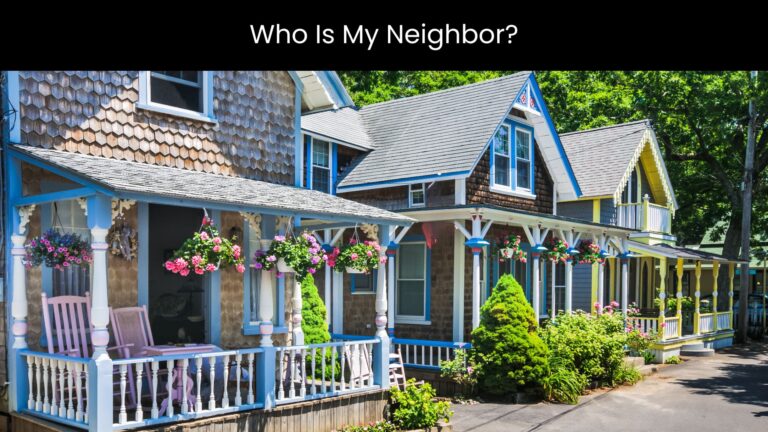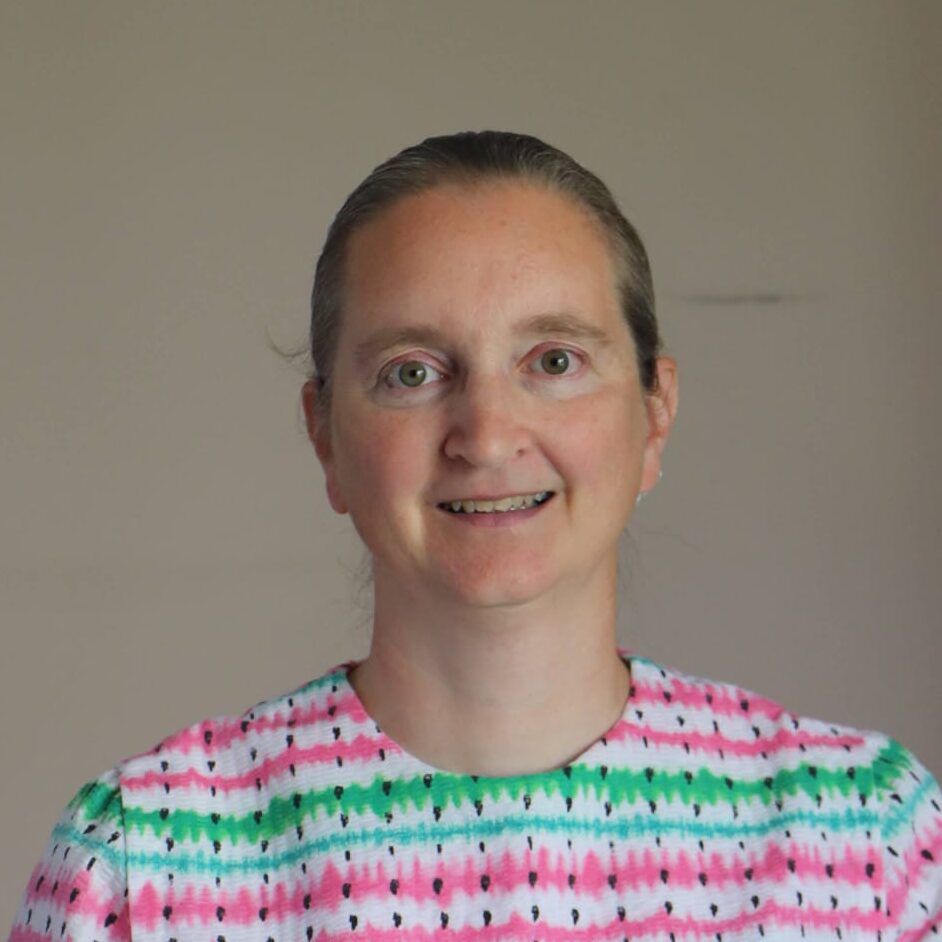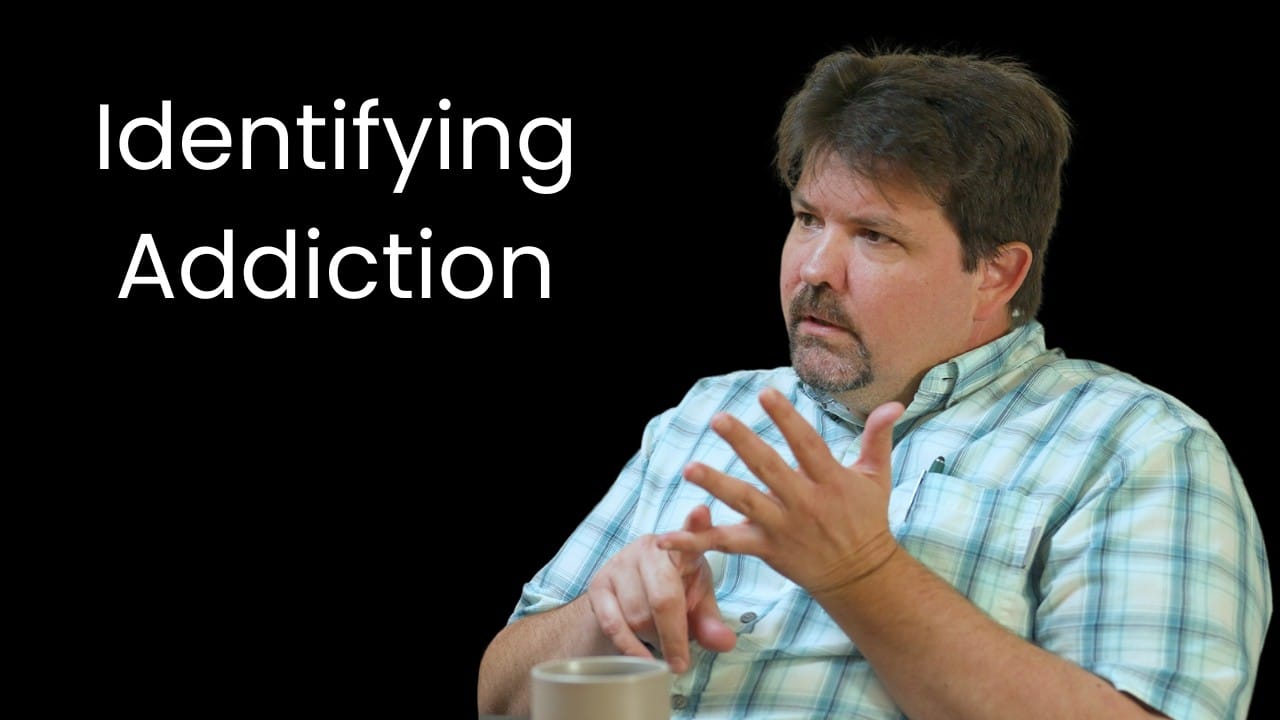Who Is My Neighbor?
Part 2
I teach a nursing class made up of nurses, midwives, and doctors who were trained in Egypt, Nepal, Romania, Korea, the Philippines, India, Columbia, Sudan, China, Taiwan, Nigeria, Ukraine, Russia, Bangladesh, Iraq, Ethiopia, Sri Lanka, and Iran. They speak 30 languages other than English among them. They vary in years of experience from 1 to 20. Some have immigrant status and others are international students. Some have not worked in healthcare for many years.
I am a believer in grabbing hold of and maximizing teachable moments. If a question is asked, helping someone find the answer will be the most prime teaching opportunity you’ll ever get. Someone is wondering, listening, and paying attention. It works vastly more effectively than the teacher asking the questions. However, it doesn’t take a class long to figure out their teacher works on this principle and they begin to maximize the opportunity to ask questions! Particularly when they are isolated in a new language and culture. As a result, we have vigorous discussions about many things. What is a washcloth and what is its purpose? Do Canadians use alcohol to prevent pressure sores? What about water beds for patients in hospital? Why doesn’t Canada sell antibiotics over the counter the way many countries do? Why aren’t you ordering an eosinophil sedimentation rate with a white blood count to check for infection? Why would anyone put more than one sheet on a bed? Are the energy boosters at the 24-hour convenience store for the elderly to help increase their energy levels? What is the difference between white and red meat? Is a person with no religion a free spirit? And those are just the medical and nursing questions! I agonize over how to re-socialize these people into Canadian culture and yet honor their vast experience and unique reality. How do you teach someone the “right way” to do a thing in Canada without suggesting what they did before was the “wrong way”? What sort of arrogance proposes that my way is more “advanced” than theirs?
This week the class went to a long term care facility to begin their “hands on” practice. I asked them what their impression was and most said it was very strange, this concept of putting all your elderly in one place. They feel so sad for them that there isn’t more family involvement. When encouraged to think about possible advantages to the system, someone thought it’s a very good idea for those whose families neglect them! It seems that the nursing home concept is generally a shocking idea for cultures who value family and elders and count it a privilege to care for them in their own homes. Here’s another puzzler, have any of you considered how bizarre it is to allow overfed sassy felines to live in the nursing home when they would do nicely for the stew pot? We must look so insane to these people sometimes!
As my students begin to venture out into the “real world” of Canadian healthcare, I face new challenges as the “buffer zone” too. Imagine that you are elderly, have a little difficulty seeing and hearing, and need assistance with your most personal body functions. Then, without your consent or knowledge, some stranger you can’t understand at all comes and clumsily attempts to help you. How disconcerting is that? In your own home no less! Now imagine that you are a staff member trying to help this new Canadian learn how things are done, but it’s so difficult to communicate! Now imagine that you are new, scared, feeling demoted and devalued (because you were a respected professional in your own country) and you can’t even get someone washed and dressed before they say “Get out! I don’t want you! I can’t understand you!” And last of all imagine that you are the teacher and it’s your job to keep everyone happy so that students can be successful in their learning and so that the nursing home will accept students in the future (otherwise your boss will be unhappy). We are not racist, we say, but we prefer to associate as little as possible in our personal lives with those who are not like us. It takes too much effort to try to understand them and work with them.
What was my biggest challenge this week? A meeting I called with a student and two personal support workers (PSWs) at the nursing home to try to clarify an issue. Obviously, there was an issue. The PSWs were quite upset, the student was quite upset, and in leading the conversation I discovered that clearly each party considered the other to be in the wrong. Both sides insisted they had communicated well with the other side, but there was no follow through. Sigh! I talked about the difficulties of communication with accents and so on, but I was in a bit of a bind. What, after all, is a person to do when she needs to advocate for a student who may be experiencing racial discrimination while she harbors doubts in her own heart about that student’s performance? This distinguished gentleman, who bows to me sometimes, was deeply hurt at them tattling to me instead of speaking to him. Can’t say as I blame him! In the staff’s defense, they probably didn’t even catch what he was saying when he told them that; his accent is so hard to decipher. Jesus taught us in the parable of the good Samaritan that loving our neighbors means showing mercy to those around us who are in need. Our neighbors are any and all persons who cross our path. It gets tougher when our neighbors are on opposite sides of a conflict! We ended up leaving the work issue basically unresolved since we couldn’t untangle it sufficiently, and instead focused on making a specific plan for the next class that I hope everyone understood clearly. I pray for the love, patience, and endurance to continue working with my multicultural neighborhood. It’s messy, it’s bumpy, and usually there is no road map, but the Lord loves us all and will help us love each other.
Tags:










Leave a Reply